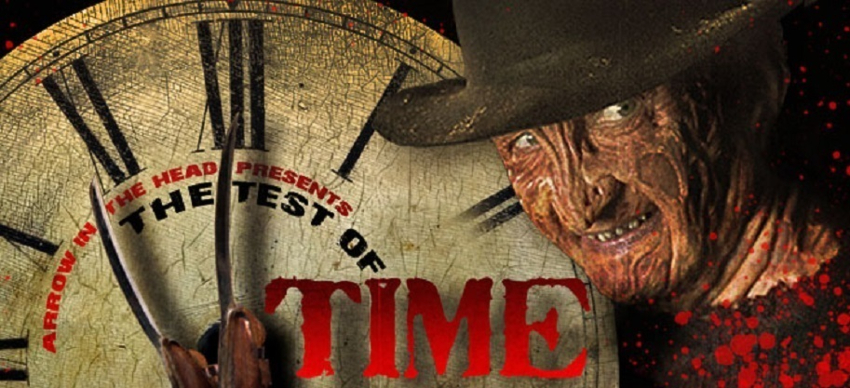
We all have certain movies we love. Movies we respect without question because of either tradition, childhood love, or because they’ve always been classics. However, as time keeps ticking, do those classics still hold up? Do they remain must-see? So…the point of this column is to determine how a film holds up for a modern horror audience, to see if it stands the Test of Time.
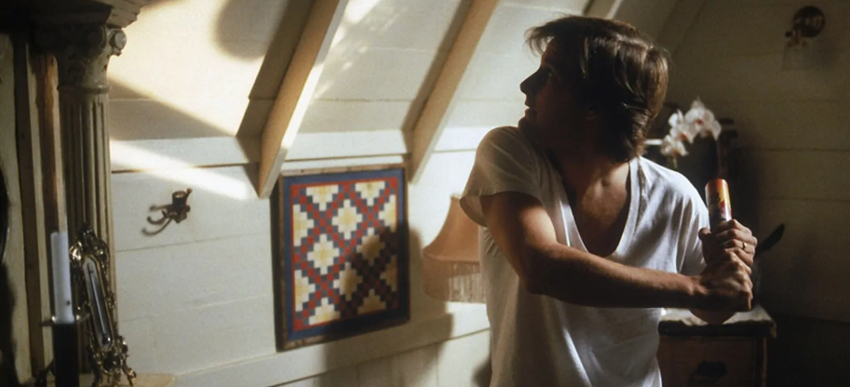
DIRECTED BY FRANK MARSHALL
STARRING JEFF DANIELS, JOHN GOODMAN, JULIAN SANDS, HARLEY JANE KOZAK
Believe it or not, Frank Marshall’s directorial debut Arachnophobia (WATCH IT HERE / OWN IT HERE)celebrated its 31st anniversary this past July. The first film released under the newfangled Disney Hollywood Pictures production label, carefully overseen by Marshall’s longtime mentor and producer Steven Spielberg, Arachnophobia is an FX-driven comedic creature feature that preys on one of the most petrifying and paralytic of universal of human phobias – the fear of large, deadly, venomous spiders!
Yet due to the lighthearted PG-13 tone and tenor of the film, Arachnophobia became an instant critical and commercial hit at the box office upon its theatrical release on July 18, 1990. In addition to turning an estimated budget of $22 million into a worldwide gross of over $53 million, the film currently boasts a 93% Certified Fresh Rotten Tomatoes rating to go with a 67 Metascore and a 6.4 IMDb rating.
But that was in 1990. What about now, in these crazy-ass times of 2021 and beyond? Are spiders even worth fretting over when global pandemics and catastrophic climate change become far more of an increasing existential threat? Better yet, does the film still play as well as it did nearly a quarter-century ago? Let’s find the f*ck out when Arachnophobia goes against The Test of Time below!
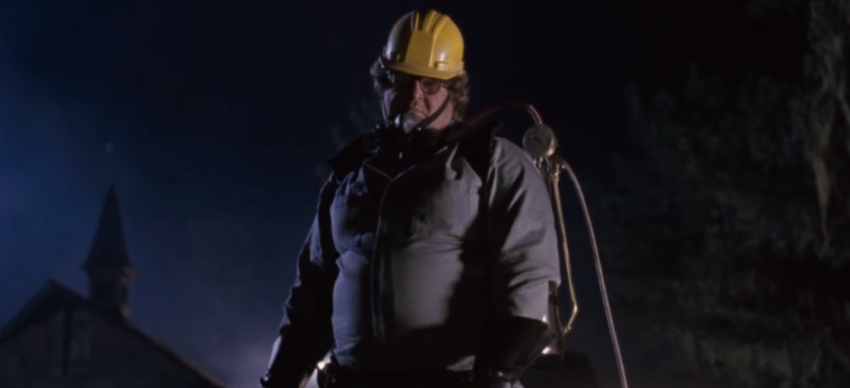
THE STORY: Scripted by Wesley Strick (Wolf, Cape Fear) from a story conceived by Don Jakoby (Lifeforce, Blue Thunder) and Al Williams, Arachnophobia actually began as a much darker, straightforward horror movie. When Jeff Daniels was officially cast as Dr. Ross Jennings, he called the script “pretty formulaic” and intimated that the dialogue could have been written by a computer for how robotically stilted it was on the page. In response, Marshall began studying the structure of Alfred Hitchcock’s The Birds and sought to include a more ironic tone, concluding that “people like to be scared but laughing, like a rollercoaster. No one wants to be terrified.” Marshall also recycled the general plot structure of Spielberg’s Jaws, inarguably the greatest man-vs-animal thriller ever made.
Diegetically, the film opens in the exotic jungles of Venezuela, where entomologist Dr. James Atherton (Warlock himself, Julian Sands) leads an expedition to study hyper-aggressive spiders that survived in the jungle despite the lack of reproductive organs. One of the spiders hitches a ride back to California in the coffin of a dead journalist who succumbs to a toxic bite, unbeknownst to Atherton and his team. It’s worth noting how vivid and engaging these early jungle scenes continue to be, lending an adventurous Indiana Jones vibes that could have easily appeased viewers in this environment for the whole movie. In fact, when the film first moves from the verdant Amazon to the dusty small-town coastal California town of Canaima (which is the name of an avenging spirit among Guyana natives), the shift is jarring and even a bit disappointing.

But then we meet Ross Jennings (Jeff Daniels) and everything changes. Relocating from the big city, the affable general physician and his wife and two kids move to the countryside and he immediately has a hard time finding new patients. One of the smartest changes made to the original script was making Ross deathly afraid of spiders, which not only ramps up the comedic aspect of the story, but it also makes Ross so much more sympathetic. I mean, almost everyone who watches the movie has an aversion to spiders to some degree, but making the main character a true arachnophobic is the key to the movie’s dramatic success. Of course, when Ross’ moldering old barn turns out to be the nest and breeding ground for the escaped Venezualan spider and its farrago of venomous offspring, Dr. Jennings becomes an apoplectic mess as he tries to remain alive and save Canaima from a hostile arachnid takeover.
WHAT HOLDS-UP: When viewed in 2021, the first thing that stands out about Arachnophobia is how terrifyingly realistic the creepy-crawly spider action continues to be. So often a movie’s computer-generated imagery betrays its artifice and looks so fake and phony that it instantly takes you out of the story, especially the older the film gets. This is never the case with Arachnophobia because the film brilliantly combines the use of real spiders with animatronic stand-ins, never having to deal with the technological senescence brought about by stodgy CGI and nascent digital FX. The result is still as viscerally skin-crawling, hair-raising, and bone-chilling in equal measure as it surely was in 1990.
For the smaller spiders that are seen most frequently in the film, extremely frightening-looking but harmless Avondale huntsman spiders were recruited from New Zealand and flown to Cambria, California (standing in for Canaima). For the gigantic tarantula that is shown in the film, an exotic bird-eating species of spider with an 8-inch leg span was chosen, although it did have enough of a devastating bite that it required special handling from famed entomologist Steven R. Kutcher. As for the monstrous queen Tarantula in the film, it was named Big Bob after Robert Zemeckis, longtime friends of Marshall and Spielberg. Big Bob aka The General was an intricate animatronic spider created by Jamie Hyneman in one of the first prop gigs completed by the Mythbusters star. To make it more intimidating, purple stripes were painted on Bob’s back and his body was bolstered with prosthetic abdominals.

The seamless transitions from the use of real and fake spiders in the film are so imperceptibly skillful that it’s almost impossible to tell the difference. Moreover, the painstaking efforts made to avoid harming the spiders – hollowing-out the soles of shoes and adding foam cushions before stepping on spiders so they can hide unscathed, using heat and cold to guide the spiders around the set without physically touching them, creating fake sink-drains, dummy spiders, and carefully editing around shots of water to keep the spiders as dry as possible, etc. only make the overall result that much more impressive. Even the dead spiders in the film were gathered from ones that died of natural causes, ensuring no spiders were harmed in the making of the film. The magnanimity of the feat is only outdone by the mortifying veracity of the result. These spiders, no matter how real or fake, continue to be as f*cking frighteningly realistic as can be!
Beyond the superb spider action and effects, the pitch-perfect tonal balance between the breezy lighthearted PG-13 family comedy and the horror of the aforesaid arachnophobic terror, and, in particular, the stellar performance by Jeff Daniels, continues to work in the movie’s favor. Other than maybe Gremlins, which we all know contributed to the formation of the PG-13 codification with the Temple of Doom in 1984, no movie imbues the on-brand tone, tenor, and temperament of Amblin Entertainment better than Arachnophobia. The film is eminently watchable as a lazy Sunday family affair and terminally terrifying and suspenseful as an overt, throwback creature feature. The great John Goodman has a ton to do with the former as the cartoonish exterminator Delbert McClintock, whose casting was a crucial caveat that Spielberg, who’d worked with Goodman on Always the year prior, conditionally gave as a key reason to produce the film. Goodman is fantastic in the film as the comic relief, but it’s Daniels’ central turn as the arachnophobic doctor pressed into heroism to conquer his deepest fears that really makes the horror elements resonate.
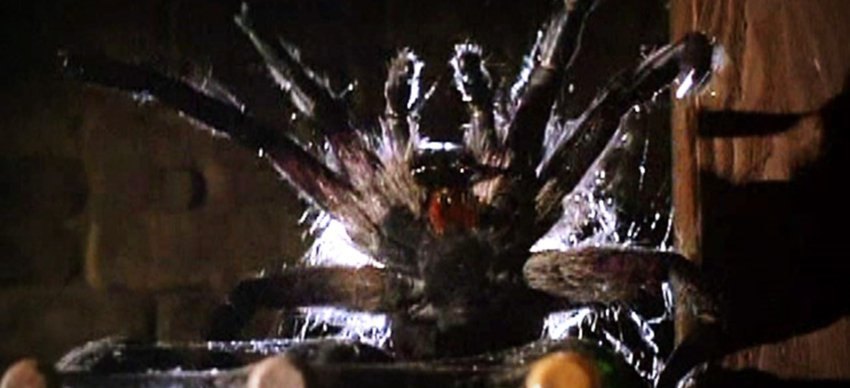
The grand gestalt of all that makes Arachnophobia so effective – the exhilarating arachnid action, the teeter-totting tone of horror and humor, and the empathetic turn from Daniels – are all on display during the film’s masterfully directed, choreographed, and performed finale. According to reports, Marshall opted to film the harrowing climax last, dismissing everyone from the set except for Daniels. The scene took two weeks of 13-hour shooting-days to get just right, two of which Daniels spent trapped under that damn wine rack launching bottles of bubbly at Big Bob as it slowly approaches his face with the illest of intentions. All worth it, because the shite’s aged better than the fine wine Ross had to sacrifice!
The unassailable end result speaks for itself. Picking up where Ross holds a lighter up to the large drain pipe in search of his fearsome foil, a genuine HOLY-SH*T jump scare comes when Big Bob forcibly tumbles down the drain at a rapid pace and instantly lunges at Ross and attacks his throat area. The strobe mood lighting of the swinging ceiling bulb and flickering fire creates an ambient rush of dread. Ross hits the deck and becomes trapped under the wine rack, at which point Bob slowly inches its way right up Ross’ penny loafers as the music swells to a crescendo. We’re talking masterful filmmaking here. Daniels quivering in terror as he perspires profusely, the camera pulls and tracks Big Bob in extreme close-ups that are absolutely spine-tingling. When Bob stops dead in his tracks and Marshall cuts to an even tighter shot of the spider’s otherworldly eyeballs, another sharp spike of adrenaline shoots right from your kidneys to your heart with piercing palpitations.
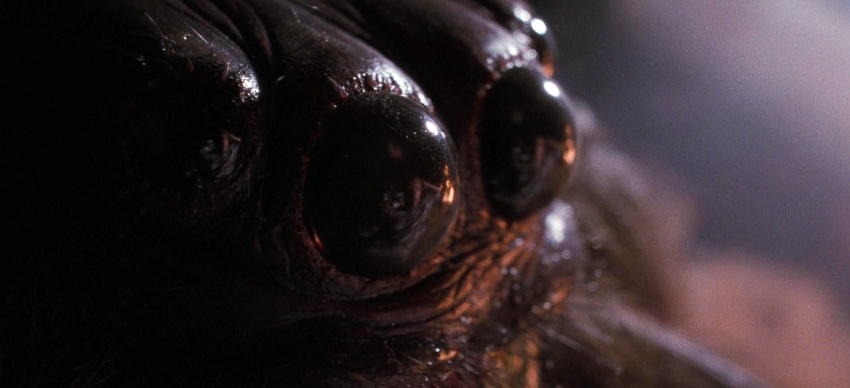
And then the humor kicks in. The cartoonish way in which Ross catapults Bob from a wooden board into the fire offers a brief moment of relieving levity. But even that is quickly subverted when Bob hissingly launches itself from the flames towards Ross, prompting the good doctor to act fast, grab a nailgun and fatally shoot Bob into his own flaming spider egg nest across the room. The absurd improbability of such a perfect shot reestablishes the playful humor of the movie in a way that is totally germane to the character and completely satisfying to the viewer. You laugh, wince, cower, twist, and jostle in your seat very much like you would in the rollercoaster Marshall mentioned as an inspiration.
WHAT BLOWS NOW: The only thing I can think to whinge about in the film nowadays is perhaps the deleted scene that was shot but excised from the final cut. As it is, Sheriff Parsons (Stuart Pankin) leaves Ross’ barn and returns to the mortuary but is never seen or heard from again. This is because the character died after being bitten by a spider in his cruiser and fatally crashing his vehicle. The scene was likely excised for pacing issues, but for a final cut that is only 109 minutes, it would have been cool to see the scene intact as initially written. Beyond that, Arachnophobia has more bite now than ever!
THE VERDICT: Indeed, with some of the most realistic and viscerally terrifying spider action depicted on film (that is a non-documentary), top-tier animatronic and practical FX work, a miraculous tonal balance between family-friendly humor and hair-raising horror, and a terrific performance by Jeff Daniels, Arachnophobia continues to spin a web of first-class horror-comedy entertainment for everyone to enjoy!
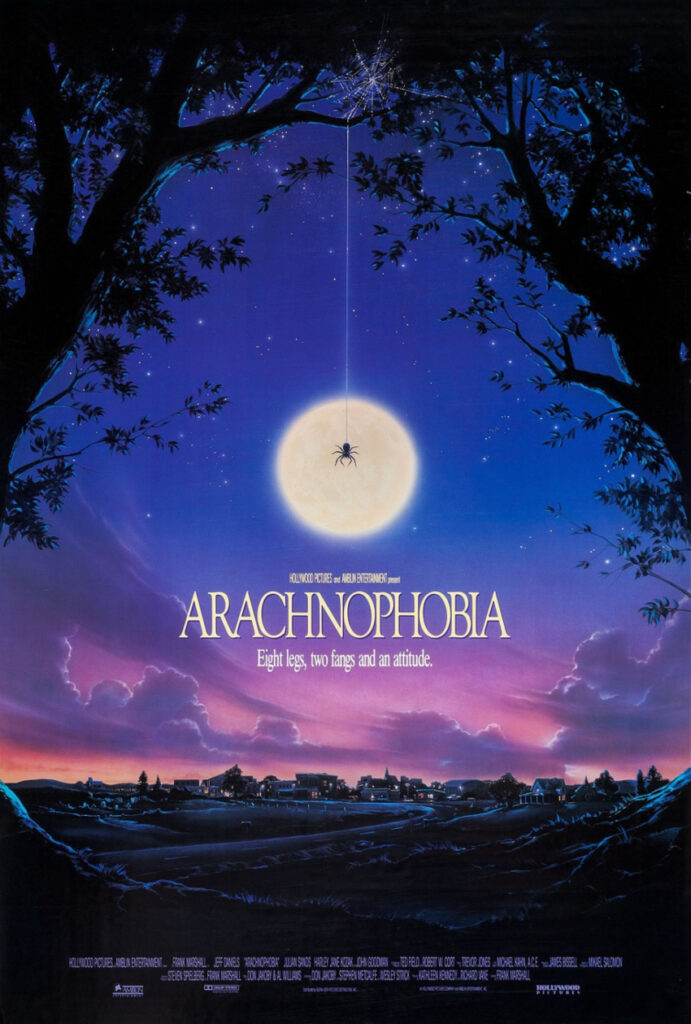


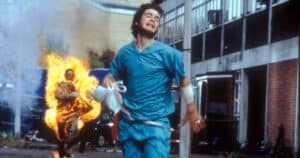



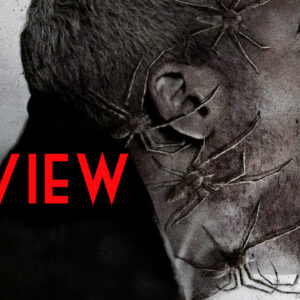
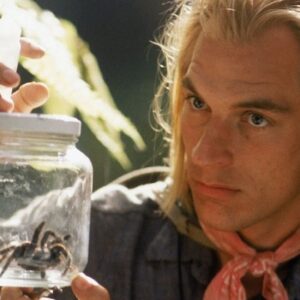
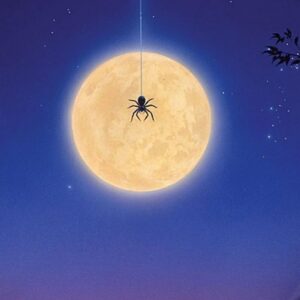
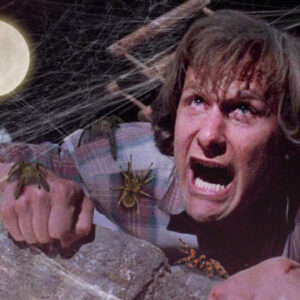
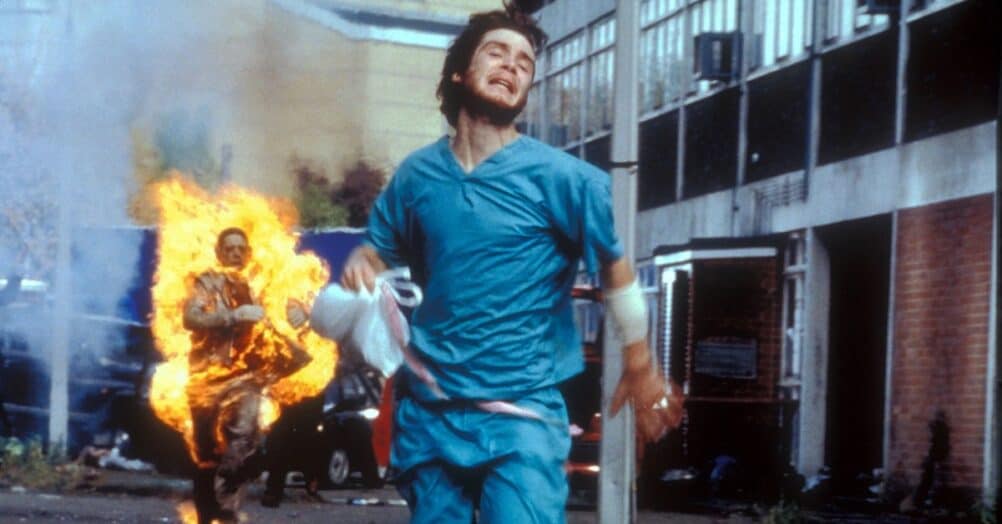





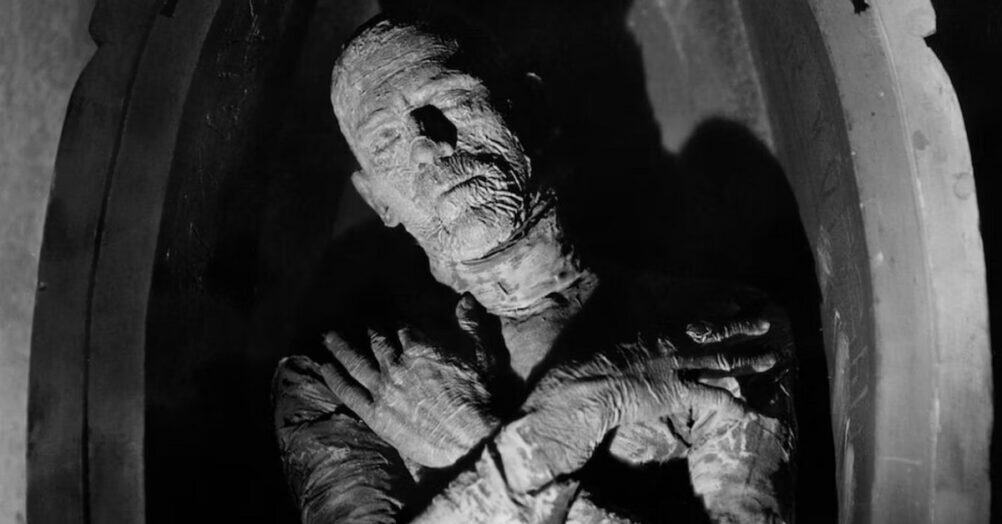
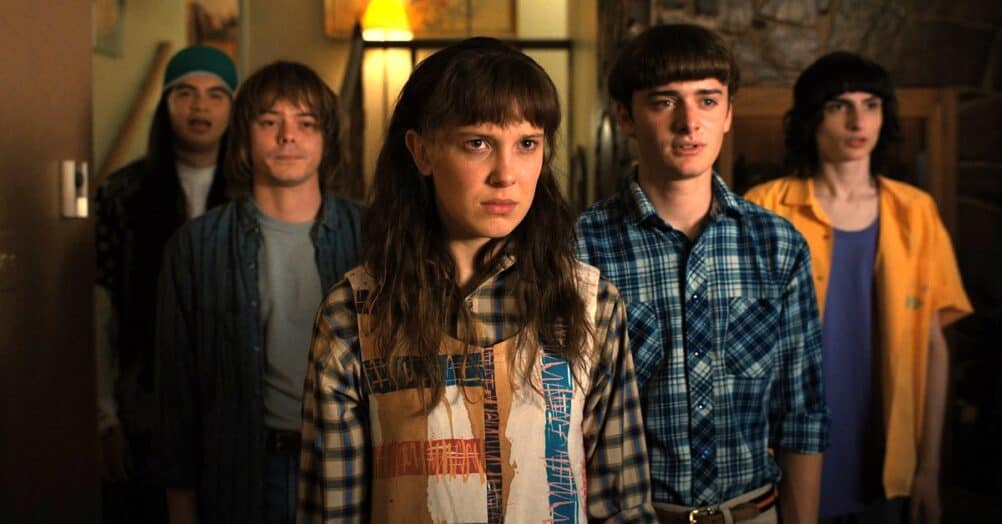

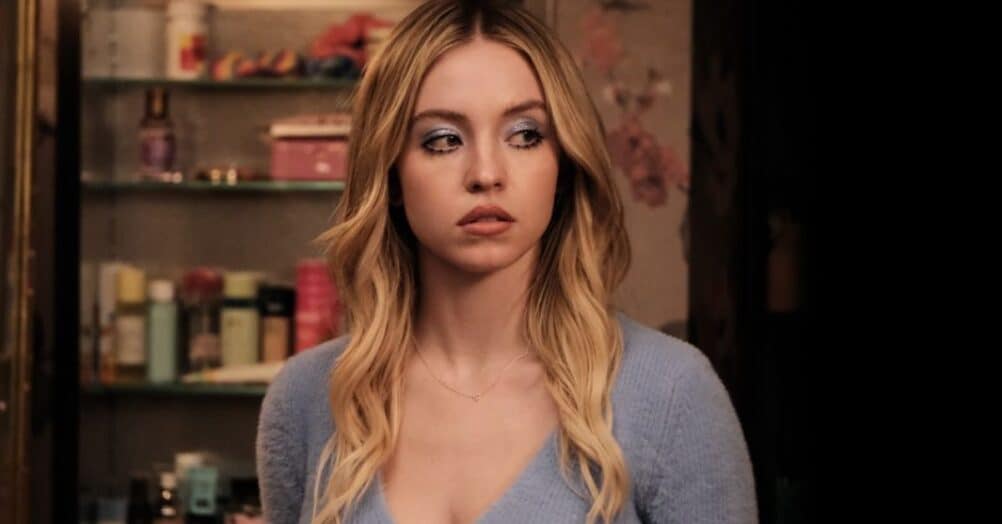
Follow the JOBLO MOVIE NETWORK
Follow us on YOUTUBE
Follow ARROW IN THE HEAD
Follow AITH on YOUTUBE